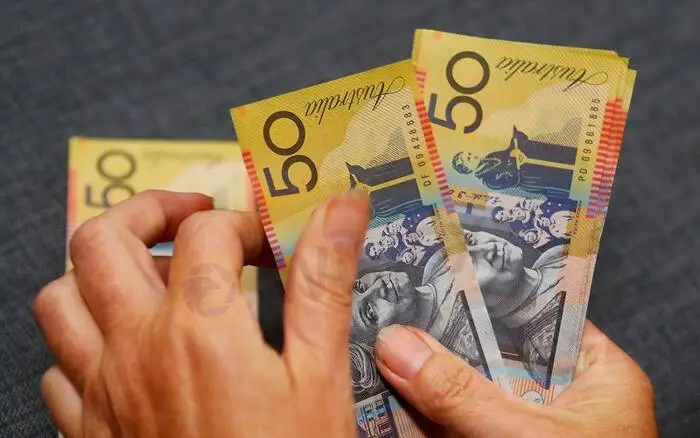简体中文
繁體中文
English
Pусский
日本語
ภาษาไทย
Tiếng Việt
Bahasa Indonesia
Español
हिन्दी
Filippiiniläinen
Français
Deutsch
Português
Türkçe
한국어
العربية
High commodity prices drive Aussie higher, bruise yen
Abstract:The Australian dollar marched higher and the Japanese yen continued its slide on Wednesday, as markets turned more positive on riskier assets and high commodity prices drove developments.
The Australian dollar stood tall while the yen slumped further as higher energy prices continued to drive moves in foreign exchange markets on Wednesday.

Against the Japanese currency, the Australian dollar edged up to hit its highest level since December 2015 and has gained 8% in March so far. Versus the dollar, it touched a four-and-a-half month high of $0.7477 in early trade, having gained 0.95% overnight, before slipping back a whisker to $0.7455.
“The Aussie dollar has benefited from a few things: Australia is far away from the conflict in Ukraine, higher commodity prices in terms of LNG and coal, a domestic economy which is doing well and the possibility of an improvement in China, which also tends to benefit the Aussie dollar,” said Sim Moh Siong, senior currency strategist at Bank of Singapore.
Chinese stocks have rallied in recent days following remarks from Chinese vice premier Liu He last week that Beijing would roll out support for the Chinese economy.
High commodity prices are bad news for the yen, however, as Japan imports the bulk of its energy, widening the countrys trade deficit.
The yen slipped to a new six-year low of 121.415 per dollar which had climbed 1.1% on the Japanese currency overnight.
“USD-JPY has nowhere to go but up,” said analysts at TD Securities, who pointed to the differential between U.S. and Japanese rates and the yen‘s vulnerability to the shocks roiling commodities markets in the wake of Russia’s invasion of Ukraine.
Commodity prices have surged following Russias invasion of Ukraine and the ensuing Western sanctions. On Wednesday, Brent crude futures rose a further 1.5% to $117 per barrel [O/R]
The yield on U.S. benchmark 10-year yields rose to 2.417% in Asian hours on Wednesday, still supported by U.S. Federal Reserve Chair Jerome Powells speech on Monday which opened the door for raising interest rates by more than 25 basis points at upcoming policy meetings in order to combat inflation.
However, rising U.S. yields had little effect on the dollar against other currencies on Wednesday, as analysts said much was already priced in.
The dollar index – which measures the greenback against six major peers – was mostly unchanged at 98.413.
The euro was little changed at $1.10355, while sterling touched $1.3299, its highest against the dollar in nearly three weeks, as the market‘s focus turns to UK inflation data and British finance minister Rishi Sunak’s Spring Statement, both scheduled later on Wednesday. [GBP/]
In cryptocurrency markets, bitcoin was around $42,069, easing back after a 3.3% overnight jump, and ether edged down to around $2,950.
(Reporting by Alun John; editing by Richard Pullin and Edwina Gibbs)
Disclaimer:
The views in this article only represent the author's personal views, and do not constitute investment advice on this platform. This platform does not guarantee the accuracy, completeness and timeliness of the information in the article, and will not be liable for any loss caused by the use of or reliance on the information in the article.
WikiFX Broker
Latest News
The Withdrawal Trap: How Scam Brokers Lure Victims into Paying More
FCA to Investors: Think Twice Before Trusting These Brokers
Trump\s tariffs: How could they affect the UK and your money
Trump gambles it all on global tariffs he\s wanted for decades
TradingView Brings Live Market Charts to Telegram Users with New Mini App
Trump tariffs: How will India navigate a world on the brink of a trade war?
Interactive Brokers Launches Forecast Contracts in Canada for Market Predictions
Authorities Alert: MAS Impersonation Scam Hits Singapore
IG Group Acquires Freetrade for £160M to Expand UK Investment Market
U.S. March ISM Manufacturing PMI Released
Currency Calculator







